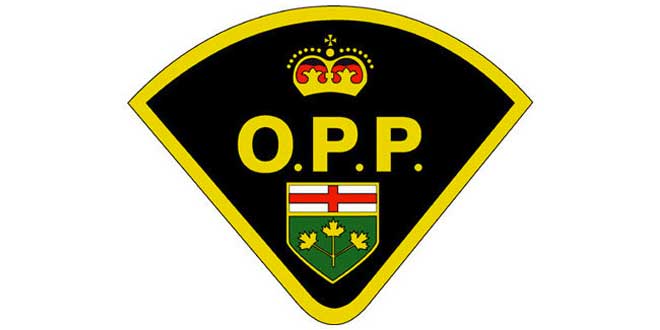ONTARIO—The Association of Municipalities of Ontario (AMO) have established an Ontario Provincial Police (OPP) Billings steering committee whose goal is to bring the municipal sector together as one (north, south, rural and small urban), to offer the province advice on OPP billing that would balance different municipal interests. Though OPP Commissioner Chris Lewis defends the new billing model, Community Safety and Correctional Services Minister Madeleine Meilleur said she is looking at a phase-in process or another avenue to control the impact on property taxes.
“The objective of the committee is to offer the best advice to the provincial cabinet on the OPP billing model and its implementation,” said Pat Vanini, executive director of AMO. “Status quo is not an option.”
Ms. Vanini said the AMO OPP billing committee was created after approval had been given by the AMO board in January. “The provincial auditor, in a report, indicated that the OPP charges with the billing model are out of whack for municipalities,” pointing out the OPP now charges municipalities based on call volume, detachment workload and other expenses. It means some communities pay less than $10 per household, while others pay up to $1,000 per household.
The new billing model base amount works out to about $260 per household to account for 73 percent of the OPP costs charged to municipalities The other 27 percent is to be based on actual calls for service. The OPP says the average per-household policing cost under the new model would be about $369.
Some municipalities, especially ones that have few calls for service each year, will see their policing costs rise dramatically. Others will see a significant annual savings.
However, “the auditor general’s report pointed out there has to be better methodology. There are significant differences among the 324 municipal governments in the province,” said Ms. Vanini. “Those who are paying higher costs under the current model will see a decrease while the others with a higher share of costs will see a decrease in their costs. What we haven’t seen definitively is how big the swing is going to be.”
The proposed OPP billing model, “is the only model the OPP has shared so far,” said Ms. Vanini. “This has created challenges, and understandably everyone wants a system that is more equitable and fair, and this model isn’t.”
AMO president Russ Powers, in a letter to OPP policed communities dated February 18, 2014 states, “the committee’s goal is to bring the municipal sector together as one voice––north, south, rural and small urban––to offer the province advice on OPP billing that would balance different municipal interests. At the (first) meeting the committee shared their diverse perspectives and experiences with OPP billing, brainstormed ideas and identified further data and analysis that will be needed for their work.”
At least three more meetings will be held before the committee reports to the AMO board in late March. The expectation is to present its recommendations to the provincial government by end of March/early April. “The steering committee is committed to keeping you informed of its work and progress. The short-term focus is on the immediate need to address the OPP billing model. However, there was broad agreement that the root issue for spiraling policing costs needs to be addressed in order to provide sustainable policing in the long-term for all policing, including OPP.”
OPP Commissioner Chris Lewis said that a new billing model may help even out the high police costs plaguing many rural Ontario communities. He made the comments during a live online chat hosted by the London Free Press, last week.





